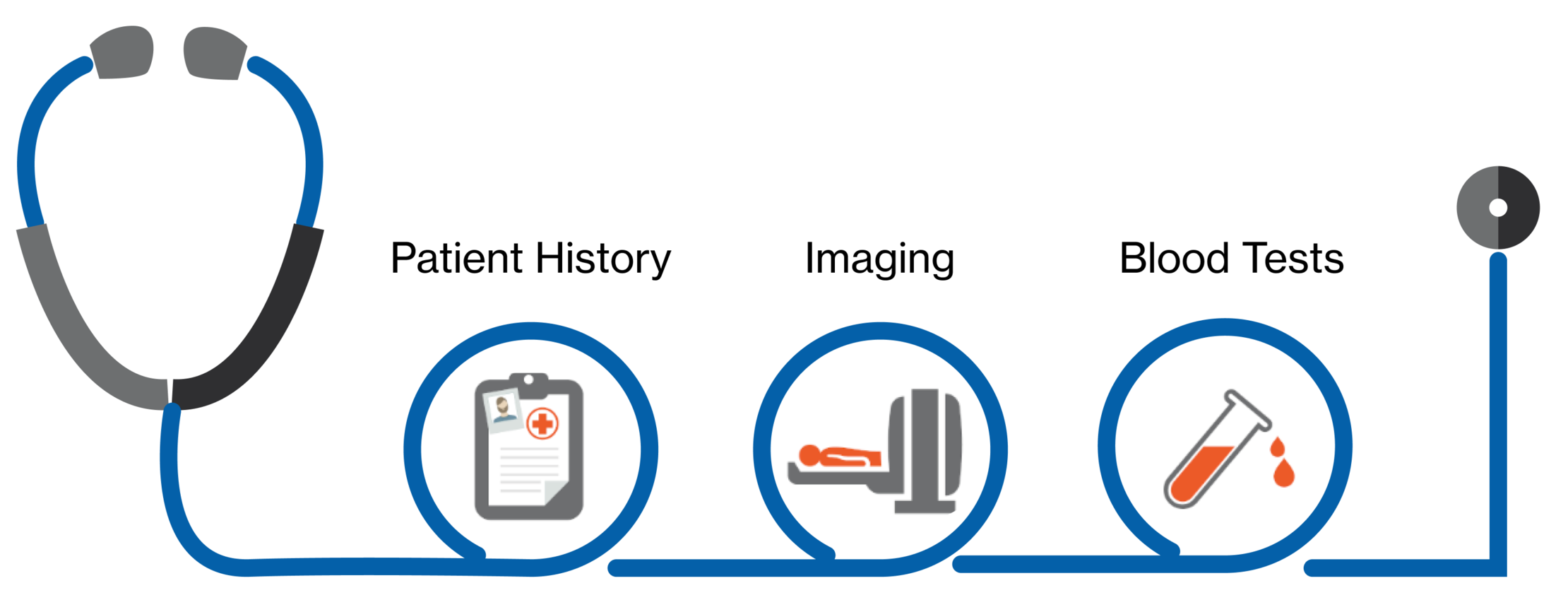What's Your Diagnosis?
Diagnosis starts with the analysis of your symptoms. Should you notice any symptoms be sure to consult and tell your doctor about the following:[1]
-
Age of onset of pain – second or third decade of life
-
Area of pain – e.g. lower back/hips / deep in the buttock
-
Time of pain and stiffness – e.g. early morning
-
Whether symptoms relieve on activity/ worsen with inactivity
-
Limited physical function, if any
Your doctor may suggest a combination of laboratory tests and imaging to diagnose Ankylosing Spondylitis. Imaging techniques have advanced technologies that can look for signs of Ankylosing Spondylitis in the spine at the early stages of the disease.[2][3][4]

Right diagnosis and appropriate treatment is key to deal with the pain, fatigue and stiffness and ultimately delay the process of spinal fusion.
References
- Sieper J, et al. Ann Rheum Dis 2002;61(Suppl III):iii8–iii18
- Ostergaard M, Lambert RGW. Ther Adv Musculoskel Dis. 2012;4:301–311
- Baraliakos X. Isr Med Assoc J. 2017 Nov;19(11):712-718
- Slobodin GE, et al. IMAJ 2012; 14: 763–767
Disclaimer: This material is not meant to replace professional advice from HCPs. Please consult your doctors/physiotherapist if you have any questions or before undertaking any physical activities.
Curated Tags